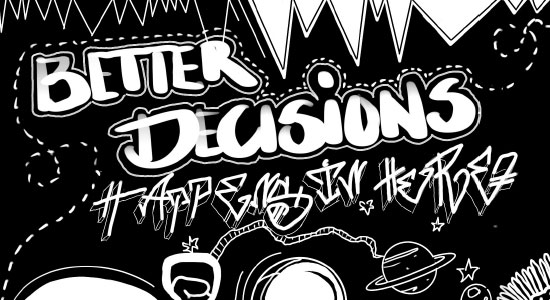One thing is clear: professional workforce planning is crucial for business success. But in most companies, workforce planning with intelligent software is still in the planning stage itself. Time-consuming work with Excel and error-prone spreadsheet processes are often still commonplace. However, the signs are pointing to business intelligence if they want to keep up with the ever more rapidly changing business.
How strategic workforce planning influences financial planning
In times of constant transformation and restructuring, it is important to be able to mobilise manpower as quickly and flexibly as possible. Workforce planning creates transparency and the basis for important business decisions.
Workforce Planning ensures that the company has detailed information about:
- Internal and external employees and their numbers
- Cost structures
- Qualification and skills
Workforce planning brings a clear gain in knowledge for cost managers, personnel and finance departments, which is directly relevant for corporate planning.
Workforce planning offers companies real added value
Strategic workforce planning includes the following points
- Quantity or number of employees
- Skills
- Total costs for employees
- Productivity
- Risks
The value of closely integrating corporate strategy, business planning and finance with forward-looking, qualitative human resource planning is therefore evident.
Personnel factors also influence efficient financial planning
It is a requirement for every HR department to not only get a grip on personnel cost planning. It is also important to consider information on fluctuation, age structure, numbers and the FTE report.
It is of immense importance for financial and corporate planning to be able to estimate how the personnel costs of upcoming and planned changes such as temporary contracts, transfers, desired staff increases or decreases, collective agreement developments, parental leave and much more will change. Efficient personnel cost planning must take all these factors and more into account and make it possible to obtain an overview of the expected scenarios of corporate development.
Is Excel sufficient for strategic workforce planning?
Even today, Excel is used in many departments of a company. This is also the case in HR departments. That’s all well and good, but the disadvantages are obvious. Excel lists quickly become confusing, many links slow down calculations and user errors are common. If complex Excel constructs are to be transferred to other employees, this can become a real challenge. In short: the more complex the requirements in the HR department for realistic personnel cost planning become, the more error-prone is the work with Excel.
Why is ERP software not enough in personnel cost planning?
Common HR software offers comprehensive management of personnel and their costs but is often not designed for forecasting or predictive planning. In order to forecast personnel costs in the context of company-wide business planning, it is usually necessary to take a step back into Excel to create forecasts and aggregate and anonymise personnel data.

Personnel cost planning with business intelligence software
Those who want to keep their finger on the pulse of the digital age rely on business intelligence solutions for integrated financial planning. The intelligent software quickly and easily enables probable scenarios also in personnel development and therefore supports better decision-making in terms of personnel cost planning. Sensitive data is protected as a matter of course. Despite the high complexity, an intuitive user interface is possible. And controlling in the company will be happy about the input from HR.
Advantages of workforce planning using business intelligence solutions
- Great time savings through avoidance of duplication of work
- Greater transparency of personnel movements
- Integration into the financial planning of the entire company
Summary of strategic workforce planning as part of financial planning
Especially in large companies with a high number of employees, personnel cost planning using spreadsheets based on Excel or with ERP systems is no longer sufficient. To achieve efficient results, which in particular offer a preview of probable scenarios and facilitate cooperation with the controlling department, business intelligence solutions are suitable for integrated financial planning, which also takes workforce planning into account.






